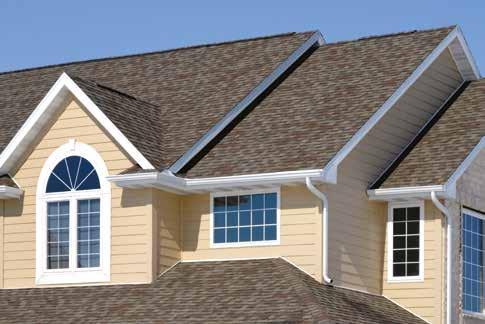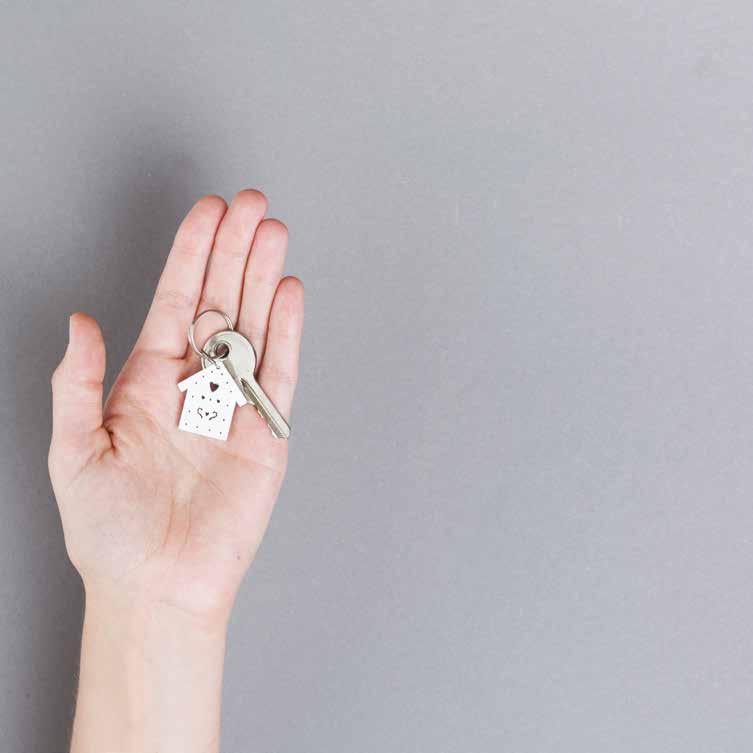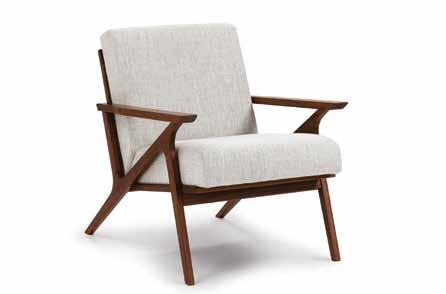
6 minute read
Extend the life of your roof
Extend the life of your roof and protect your wallet
OLEN GUTIÉRREZ / ABA ROOFING GROUP
Advertisement
If we think about taking care of our family, we should take into account that the best protection can be provided with the care of our house, so it is very important to take care of your roof and be prepared in times of rain.
Most of the time a leak is what alerts us to perform an inspection. However, we can avoid this by checking the roof beforehand and cleaning debris, leaves, and all kinds of garbage that can obstruct water drainage to prevent accumulation and possible leaks.
When leaks are discovered in the house it is advisable to contact a reliable and certified company in the state of Texas as soon as possible; they will inspect the conditions of your roof and verify the damage, immediately after, you can stop the drip temporarily with an asphalt sealer to avoid bigger damage.
Keep in mind that natural disasters such as constant windstorms, hail, and hurricane winds can reduce the life of your roof. To extend the utility, we recommend to make a new seal around the air vents and turbines, replace exposed nails and repair raised or blown tiles, every five years.
FOTO: www.hunker.com
Now, what can you do if after an inspection you are recommended to replace your entire roof?
I recommend that you follow these steps and surely your problems will be solved in the fastest way, and without spending thousands of dollars, you will have a new roof.
2. Before calling the insurance, request an inspection by contacting a reliable and registered company in the state to advise and represent you in your claim. 3. Make sure your policy covers the repair of damage to your roof. 4. Process the claim with your insurance. 5. Once the case is approved, replace the roof and pay when the work is finished.


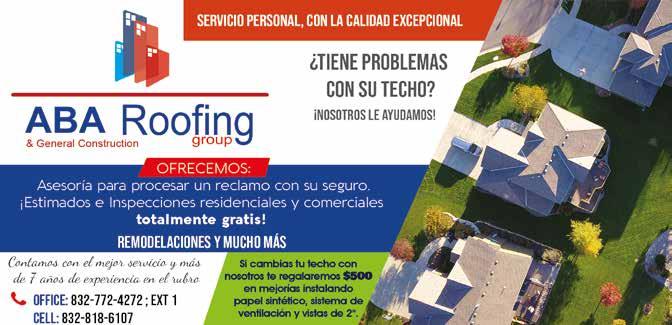
La accesibilidad da vida a los edificios antiguos
ARQ. ILEANA RODRÍGUEZ
Con frecuencia escuchamos que no es posible hacer accesibles los edificios más antiguos solo porque son viejos, y encontramos todas las formas posibles en las leyes y regulaciones de los Estados Unidos para clasificarlos como “protegidos”, lo que se traduce en que, debido a la antigüedad son imposibles de mejorar en ciertas áreas, por lo tanto, en muchos casos no son totalmente accesibles y esto es aceptable. Aunque reconozco que a veces es desafiante y costoso, creo que siempre hay un retorno de esta inversión, no solo monetaria sino también social.
Mientras colaboraba en un proyecto en Lima, Perú, pude demostrar una vez más que hacer accesibles edificios antiguos puede tener un gran impacto. El Club Lawn Tennis es uno de los edificios más antiguos del centro de Lima con un gran valor histórico, ya que fue el primer club de tenis de la ciudad, construido en 1884. La mayoría de los miembros de este club son personas jubiladas que disfrutan de las comodidades proporcionadas. El club fue remodelado para albergar los Juegos Parapanamericanos, pero antes del evento, la accesibilidad no era una preocupación, aunque los miembros son mayores. Los estudios realizados por las Naciones Unidas muestran que el 60% de las personas con discapacidad tienen 60 años o más, por lo tanto, se debe considerar que la accesibilidad proporciona un servicio igualitario. Cuando empezamos a trabajar en este proyecto, el propietario dudaba en hacer intervenciones permanentes en la propiedad, el concepto era hacer solo acomodaciones temporales para cumplir con el propósito del evento, pero pronto nos dimos cuenta de que era más costoso hacer las intervenciones temporales que encontrar cambios permanentes que dejarían un legado duradero. Las intervenciones permanentes fueron mínimas en comparación con las estructuras temporales requeridas para mitigar la falta de accesibilidad. Después de varios estudios y acuerdos con el propietario, las intervenciones fueron aprobadas y estas consistieron en nuevas

rampas que conectaban todas las canchas de tenis, mejoras en los baños, acceso a las áreas de concesión y una nueva rampa accesible en la entrada principal. El resultado es que hoy es el club de tenis más accesible en Lima y donde más personas, independientemente de su edad o discapacidad, pueden participar y participar en cualquier actividad que se ofrezca.
Esta es una gran lección en una realidad en la que la excepción de “edificio protegido” no existía en las reglamentaciones, pero el concepto estaba incrustado en la mente de los propietarios en las primeras etapas, le correspondía al diseñador encontrar una solución factible que podría dejar como resultado un ambiente más inclusivo. En ciudades como Houston tenemos varios edificios que no son tan antiguos, y todavía tenemos esta mentalidad de que, en lugar de ayudarnos, impide que el diseñador tenga un impacto social duradero que, en última instancia, ayudará a todos a vivir y prosperar como sociedad.
Accessibility brings old buildings back to life
ARQ. ILEANA RODRÍGUEZ
Frequently we hear that older buildings are impossible to make accessible just because they are old, and we find all the possible ways in the United States laws and regulations to classify them as “grandfathered”, meaning that due to age they are impossible to improve in certain areas, therefore in many instances they are not fully accessible and this is acceptable. Although I recognize that it is challenging and costly at times, I believe there is always a return on this investment, not only monetary but also social.
While collaborating on a project in Lima, Peru I was able to prove one more time, that making older buildings accessible can have a great impact. The Club Lawn Tennis is one of the oldest buildings in the centre of Lima with great historical value, as it was the first tennis club in the city, built in 1884. Most of the members of this club are retired people who enjoy the amenities provided.
The club was remodelled to host the Parapan American Games but before the event accessibility was not a concern even though must of the members are older. Studies by the United Nations show that 60% of people with disabilities are 60 or older, therefore accessibility should be considered to provide equal service. When we started to work on this project the owner was hesitant to make permanent interventions into the property, the concept was to do only temporary accommodations to serve the purpose of the Before

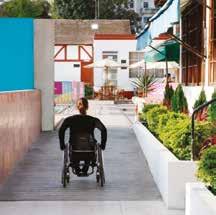
After
event, but soon we came to realize that it was more expensive to make temporary interventions than to find permanent changes that would leave a long lasting legacy. The permanent interventions were minimal compare to the temporary structures required to mitigate the lack of accessibility. After several studies and agreements with the owner, the interventions were approved and this one consisted of, new ramps connecting between all the tennis courts, improvement to bathrooms, access to concession areas and a new accessible ramp at the main entrance. The result, today it is the most accessible tennis club in Lima and where more people regardless of age or disability can be a part off and engage in any activity offered at this one.
This is a great lesson in a reality where the “grandfathered” exception did not exits in the regulations but the concept was imbedded in the mind of the owners at the early stages, it was up to the designer to come up with a feasible solution that could leave as a result a more inclusive environment. In cities like Houston we have several buildings that are not nearly as old, and we still have this mentality that rather than helping us is stopping designer from making a long-lasting social impact that will ultimately help all to live and thrive as a society.

